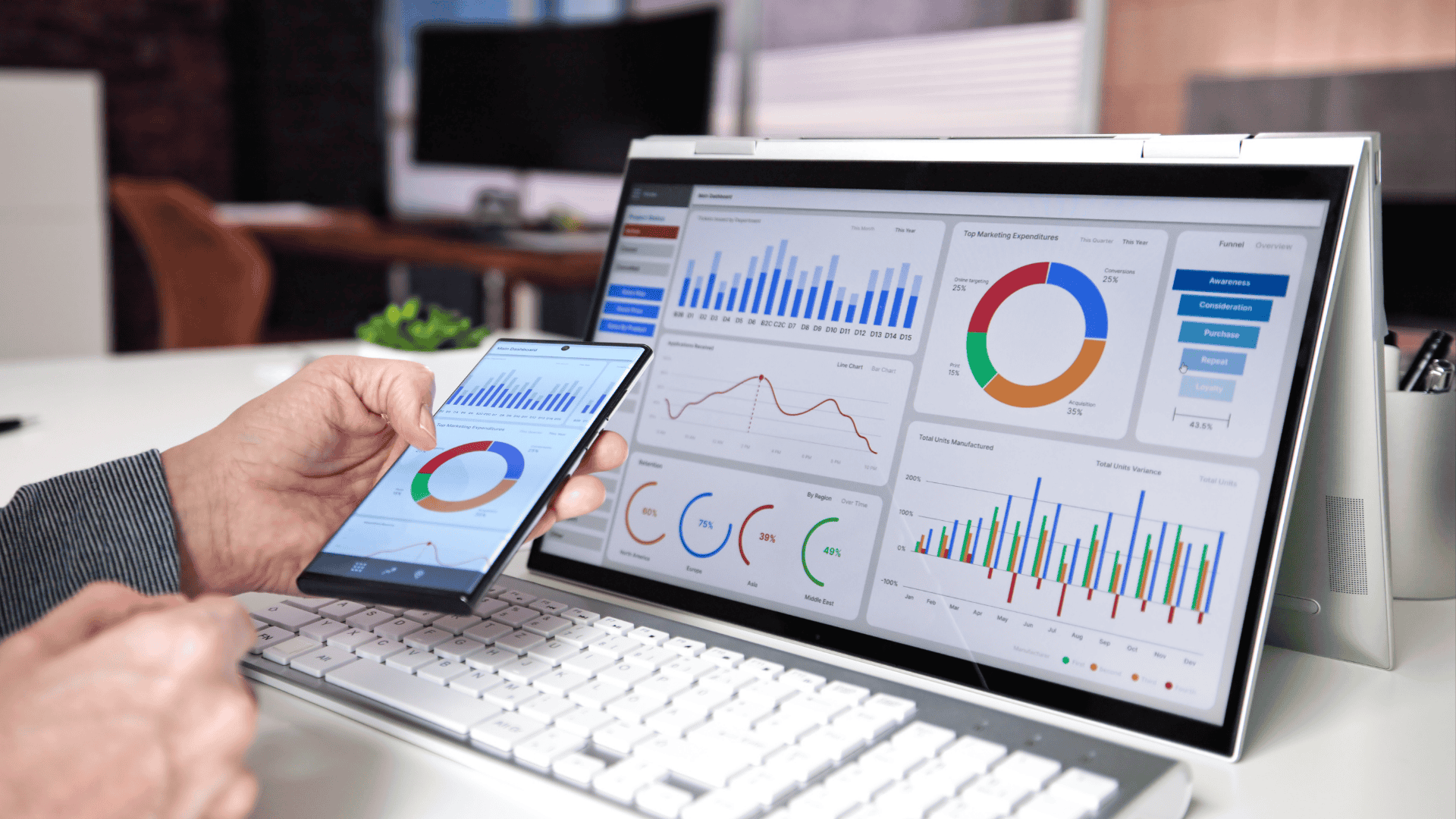Bhoomi Kaushik
Get Real Experts on your side
Before venturing to seek career counseling, answer a few basic questions so we can connect you with our best expert counselor for personalised guidance and mentorship.



.png)
Bhoomi Kaushik
30/01/2025
Data visualization is one of the most crucial skills in today's data-driven world. Whether you're a business analyst, a data scientist, or someone looking to communicate insights effectively, mastering the art of visualizing data can set you apart. Online courses have emerged as one of the best ways to learn data visualization, offering structured content, hands-on practice, and access to expert knowledge.
The Power of Data Visualization

Before diving into how
online courses help, it's important to understand why data visualization is
essential. Raw data can be overwhelming and difficult to interpret. However,
when transformed into graphs, charts, and dashboards, they become digestible,
insightful, and actionable. Effective visualization can:
How Online Courses Enhance Your Data Visualization Skills

1.
Structured Learning Paths
Online courses provide a
well-organized approach to mastering data visualization. They typically start
with fundamental concepts before progressing to advanced techniques. This
step-by-step learning ensures you build a strong foundation before tackling
more complex visualizations.
2. Hands-on Projects and Real-world Examples
The best way to learn data
visualization is by doing. Online courses often include interactive exercises,
case studies, and real-world datasets that allow you to apply your learning.
Platforms like Coursera, Udacity, and edX offer hands-on projects where you can
create dashboards and reports using tools like Tableau, Power BI, and Python
libraries like Matplotlib and Seaborn.
3.
Access to Industry Experts
Many online courses are
taught by professionals working in the field of data analytics and
visualization. Learning from experienced instructors gives you insights into
industry best practices, tips for effective storytelling, and guidance on
avoiding common mistakes.
4.
Learning Data Visualization Tools
Most online courses
introduce learners to essential tools and software for data visualization.
These include:
1. Tableau: One
of the most popular tools for interactive dashboards and business intelligence.
2. Power BI: A
Microsoft product that integrates seamlessly with other Microsoft services.
3. Python (Matplotlib, Seaborn, Plotly): Powerful
libraries for creating a variety of visualizations.
4. Excel: A
staple tool for data manipulation and charting.
5.
Self-paced and Flexible Learning
One of the biggest
advantages of online courses is their flexibility. You can learn quickly,
revisit concepts, and practice as much as needed. This makes online learning
ideal for professionals and students who must balance learning with other
commitments.
6.
Certification and Portfolio Building
Many online courses provide
certificates upon completion, which can boost your resume and showcase your
expertise. Additionally, hands-on projects completed during these courses can
be added to your portfolio, helping you stand out when applying for jobs or
freelancing opportunities.
|
Undergraduate
Programs |
Post
Graduate Programs |
Choosing the Right Online Course
With so many online courses,
selecting the right one can be Challenging, Here are some factors to consider:
1. Course Content: Ensure
it covers fundamental concepts as well as advanced techniques.
2. Instructor Credentials: Look
for courses taught by experienced professionals.
3. Practical Applications: Opt
for courses with hands-on projects and real-world case studies.
4. Student Reviews: Check
reviews to gauge the quality and effectiveness of the course.
5. Platform
Reputation: Choose
courses from reputable platforms like Coursera, Udacity, DataCamp, or edX.
Career Paths in Data Visualization

A career in data
visualization can lead to various roles, including:
1. Data Analyst – Collects,
processes, and visualizes data to support business decisions.
2. Business Intelligence (BI) Analyst – Uses
tools like Tableau and Power BI to create dashboards and reports.
3. Data Scientist – Applies statistical analysis, machine
learning, and data visualization to extract insights.
4. Data Engineer – Focuses
on data architecture and pipelines, ensuring data is structured for analysis.
5. UX Designer for Data – Specializes
in designing intuitive and effective visual representations of data.
Job Market and Salary Expectations
1. Entry-Level: $50,000
- $70,000 per year
2. Mid-Level: $80,000
- $100,000 per year
3. Senior-Level: $100,000+
per year
Salaries depend on experience, location, and industry.
Conclusion
Data visualization is a
game-changer in the world of data analysis and communication. Online courses
make learning this skill accessible, practical, and engaging. Whether you're a
beginner or looking to refine your expertise, investing in a quality online
course can help you visualize data like a pro, making complex information clear
and impactful.











.jpg)


.jpg)




.png)







.png)

.png)




.png)

.png)
.png)



.png)

.png)


.png)

.png)


.png)

.png)

.png)
.png)

 (1).png)



.png)

.png)
.png)


.png)


.png)


.png)

.png)







.png)





.png)


.png)














.png)













.png)




.jpg)






.png)




.png)


.png)
.png)
.png)
.jpg)



.png)


.png)
.png)
.png)



.png)











.png)
.png)



.png)


.png)
.png)


.jpg)







.jpg)









.jpg)





.png)


.jpg)



Before venturing to seek career counseling, answer a few basic questions so we can connect you with our best expert counselor for personalised guidance and mentorship.
